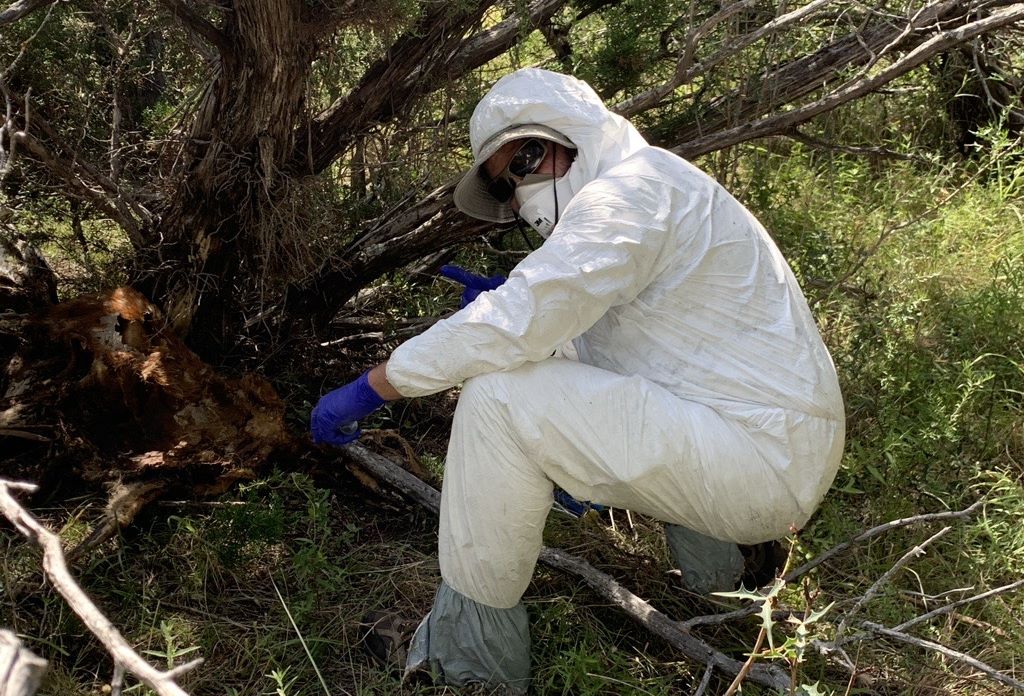Artificial intelligence transforms how UF researchers forecast and respond to disease

Scientists use AI to investigate anthrax outbreaks
In southwest Texas, the soil-dwelling bacteria Bacillus anthracis can persist in the environment. Every year, it puts livestock, wildlife and humans at risk of contracting the often-fatal disease anthrax.
But some years are more severe than others. Is there a way to know the likelihood of an outbreak beforehand? Jason Blackburn, Ph.D., a member of the University of Florida Emerging Pathogens Institute, is searching for patterns to help predict risk.
And like many other researchers at UF, Blackburn, a professor at the UF College of Liberal Arts and Sciences Department of Geography, has transformed his work with artificial intelligence.
Blackburn’s extensive experience tracking wildlife has perfectly prepared him for studying anthrax in Texas, where disease transmission is intertwined with how animals interact with the landscape.
“We’re kind of looking at it from the bookends. So, from the cellular level out, and from the landscape level in.” Blackburn said. On one end, the researchers characterize the pathogen by sequencing its genome and growing the bacteria to learn about key genes.
